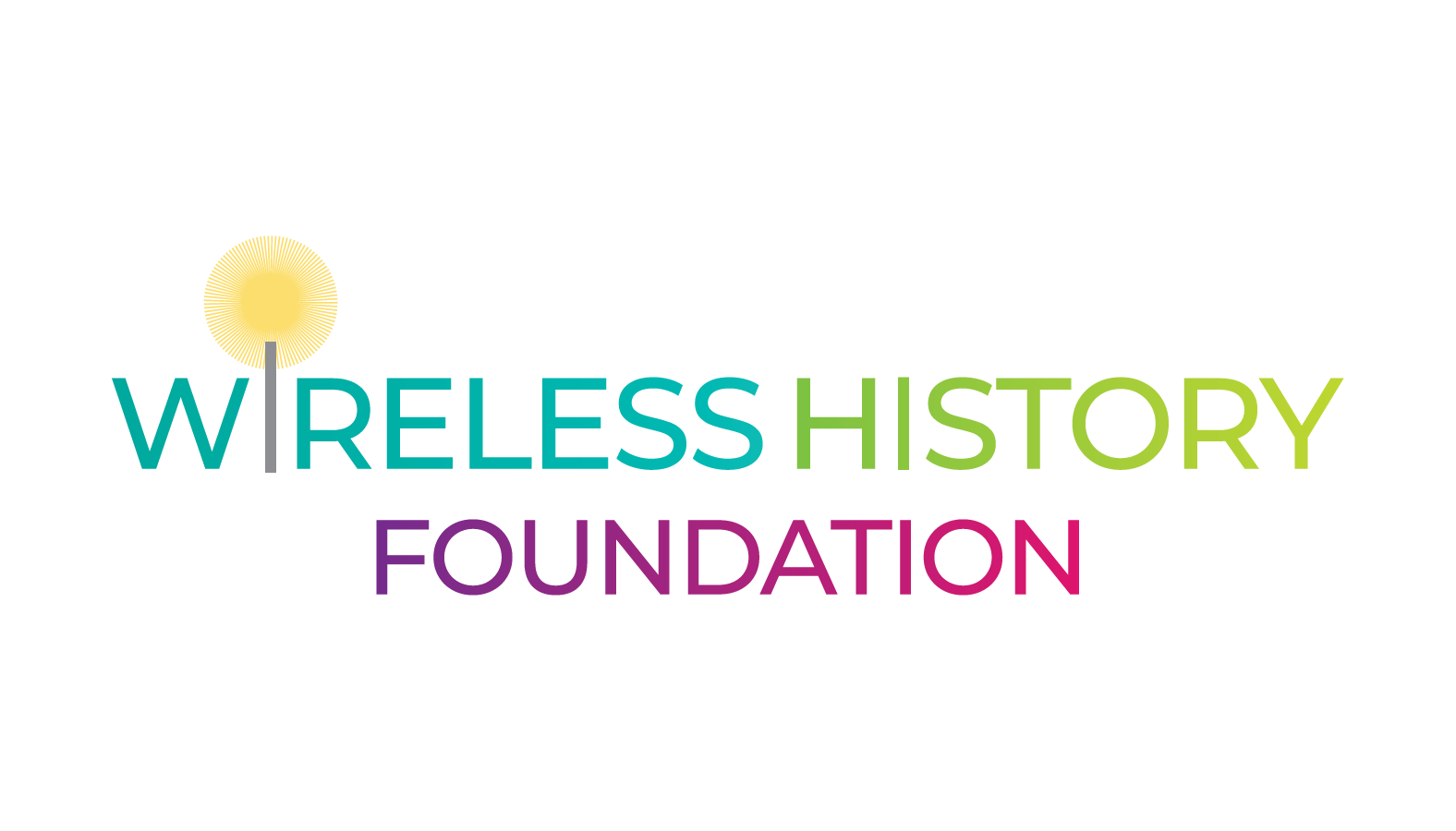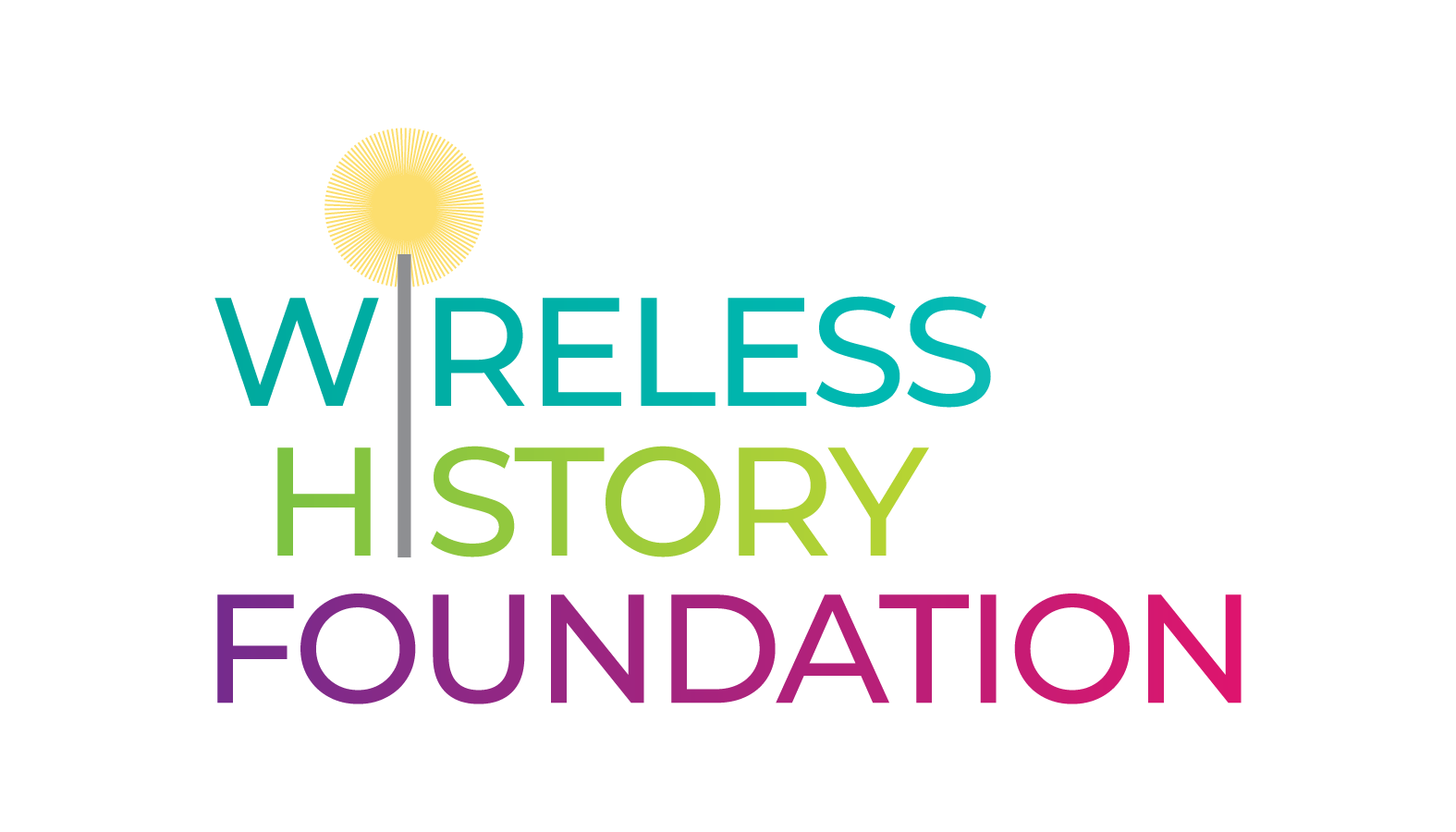In spite of our amazing array of electronic devices and internet access options developed over the past quarter century, we still stand on the shoulders of giants. On October 24, 1861, the transcontinental telegraph ushered in the wired age of America. It was a huge development: near real-time communications from coast-to-coast in a country it took weeks to cross physically.
Samuel Morse invented the telegraph and introduced it in 1844 by sending his “what hath God wrought” message from Washington to Baltimore. By 1860 telegraphy was much like the early cellular industry. There were multiple non-connected operators, many areas with no coverage, and nothing crossing the square states.
The benefits of electronic communication were obvious early on. The telegraph became a cutting edge tool in business communications. The Associated Press was formed in 1845 and used the technology, with horseback riders filling in coverage gaps, to ferry news around the country. Tom Wheeler’s book, Mr. Lincoln’s T-Mails, chronicles President Lincoln’s use of the telegraph in overseeing the first “modern war,” which began six months before the transcontinental telegraph was completed.
One hundred and fifty years later Morse Code, the language of telegraphy, has faded from use. The FCC dropped the Morse Code proficiency requirement from ham radio licensing in 2006 following similar moves in Canada and Europe. That same year, Western Union stopped sending telegrams at all.
Telegraph keys seem so quaint now, relics of a time long gone. We’ve been through the Atomic Age, the Space Age, and the Information Age. None of us can predict what technological milestones lay ahead – but we can look back with appreciation on the innovations that brought us where we are.

